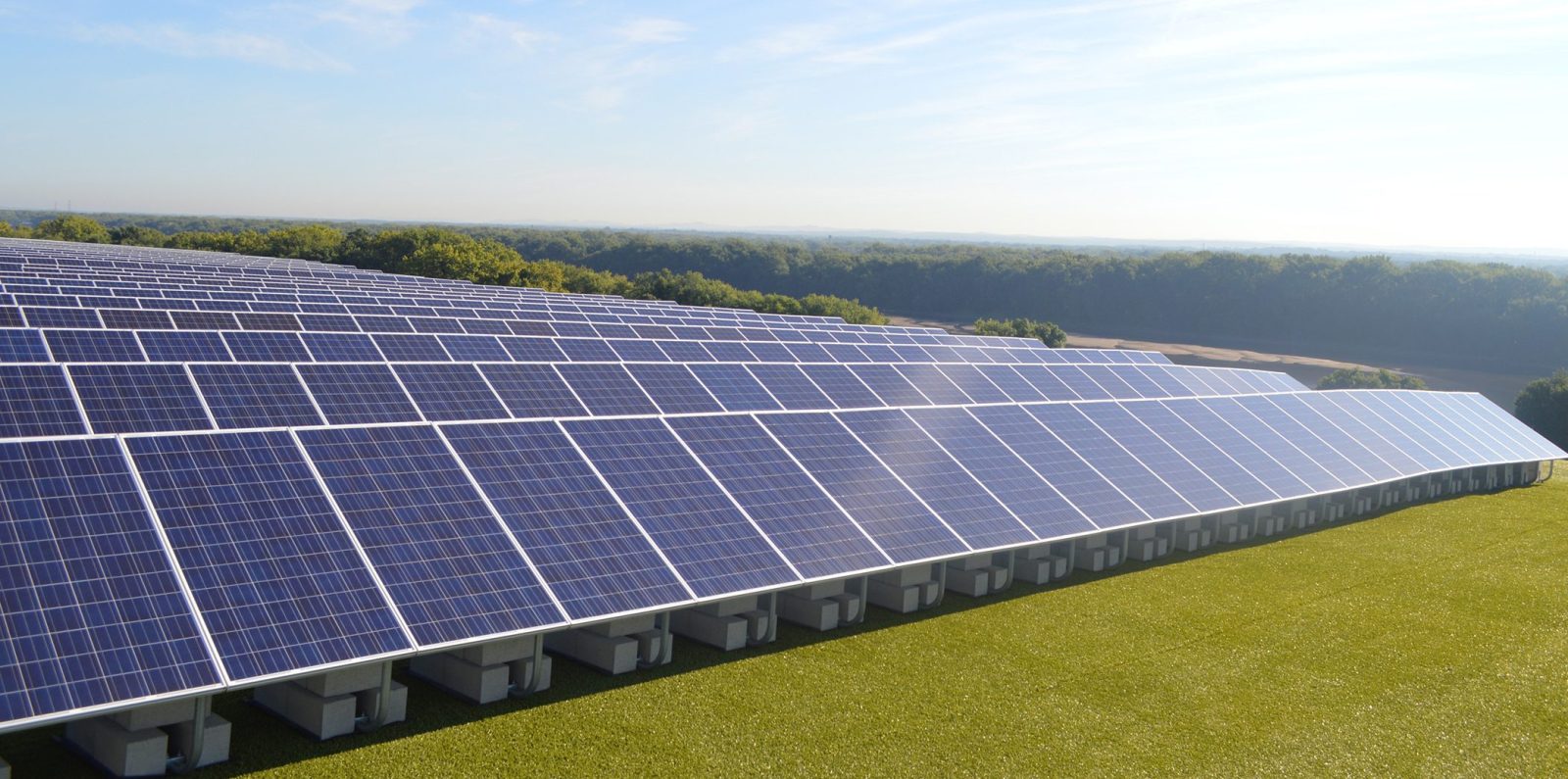Printable solar cells generate electricity more flexibly and at a lower cost, wherever the sun shines. In the traditional silicon solar PV, we see on people’s rooftops, the most costly component is the silicon material that holds the photovoltaic elements. Silicon is abundant and non-toxic, but it is expensive to process into wafers for traditional rooftop solar PV panels.
The idea of using your tent to harvest power on trips to the beach or a camping weekend could really propel glamping (glamorous camping) to the next level, with free on-site electricity powering life’s little luxuries!
Currently, printable solar cells have only reached about 10 percent efficiency, whereas traditional silicon solar PV cells are closer to 25% efficient. The lifespan of the printed solar cells is also only six months. So researchers are working to increase their efficiency, weather-resistance and lifespan to reach commercial viability.
Printable solar cells are made by printing a specially developed ‘solar ink’ onto plastic film, similar to the way plastic bank notes are printed.
The method or the materials used, the solar principles remain the same:
1. Incoming photons free electrons and send them scattering through the solar cell’s material before being channelled into an electrical circuit.
2. The efficiency of the solar cell depends both on how well the material captures light to set these electrons free, as well as how effortlessly the electrons travel through the material.
Researchers are developing processes for printing solar cells onto all manner of surfaces using various printing, dyeing and spraying techniques. The solar cells can be printed straight onto paper-thin, flexible plastic, as well as onto steel, and can be made semi-transparent for building cladding and windows.

